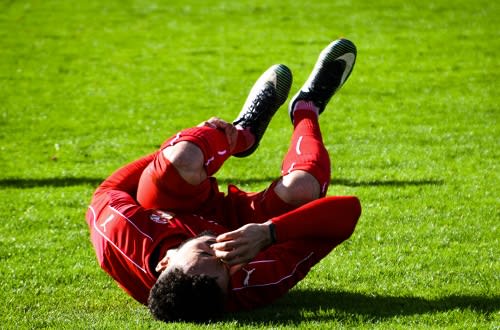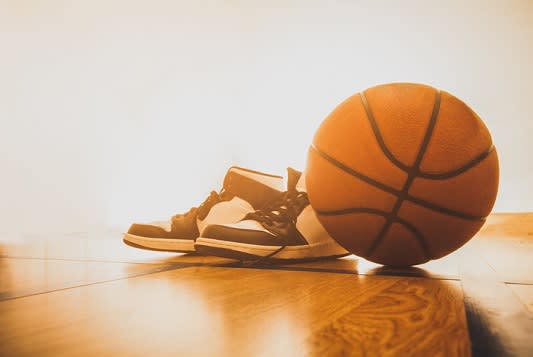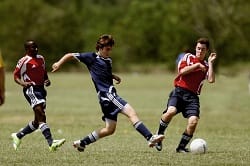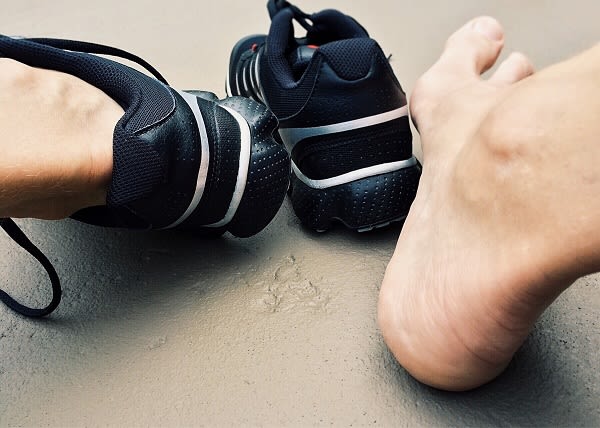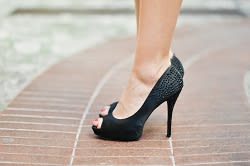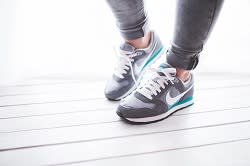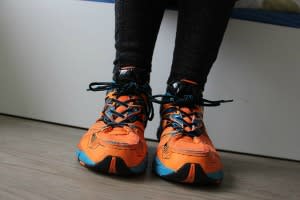By Robert Weiss, DPM
One of the key components to prevent injury is flexibility. When you're young, you have a high percentage of elastin, or the elastic material in our collagen which is the "glue" that holds the body structures together. As we age, there is less elastin and therefore, we begin to feel stiff. This opens an avenue for injury. So, whether you’re training for a marathon, football, racquetball, baseball, basketball or your favorite event, no matter how fit you may be, it’s important to remember that stretching before and after your sport is a great way to minimize injuries.
Some jogging, walking briskly or a few short sprints will allow muscles and tendons to get ready for performance. While you prepare, watch out for the following signs of injury:
1. The first signals of injury are swelling and aching. However, lack of flexibility is not always the cause of foot, ankle, knee and lower back problems. Often, it’s the bones of the feet that will result in overuse or stress on the above structures.
2. Some of the most common injuries in the early stage of training are shin splints. With shin splints, the painful area appears in the front and inside of the leg, again mainly due to over-striding, muscle imbalance, or structure of your feet (as all the muscles via tendons insert into the feet). If left untreated, it may go on to become a stress fracture. Treatment includes rest, stretching, strengthening exercises, changing your running technique, and rebalancing foot mechanics with the use of an orthotic insert into the shoe. Physical therapy can also be helpful. Do not try to run through this type of injury. Again, it can cause a stress fracture and take you out of your respective event for months.
3. Don’t be fooled by a skin or nail injury, which left untreated, can cause an infection which will sideline you. Blisters are caused by skin friction. Try to let blisters break on their own, wash the area, apply an antiseptic and cover with a sterile bandage. Ingrown toenails are nails whose corners or sides dig painfully into the skin, often causing infections. They are frequently caused by shoe pressure from shoes that are too tight, or an injury, or poor foot structure. If any condition becomes infected, seek immediate medical attention.
In summary, watch out for early signals of injury. Keep up with proper conditioning as well as flexibility and strengthening exercises so you can prevent the possibility of injury and continue with your respective sport.
Dr. Robert F. Weiss, a sports podiatrist, was a member of the Medical Advisory Committee of the 1984 and 1988 Olympic Marathon Trials. Weiss is a veteran of 35 Marathon & has a practice in Darien; affiliated with Stamford Hospital and member of Stamford Health Medical Group-Foot & Ankle.
Featured Expert/ Author


